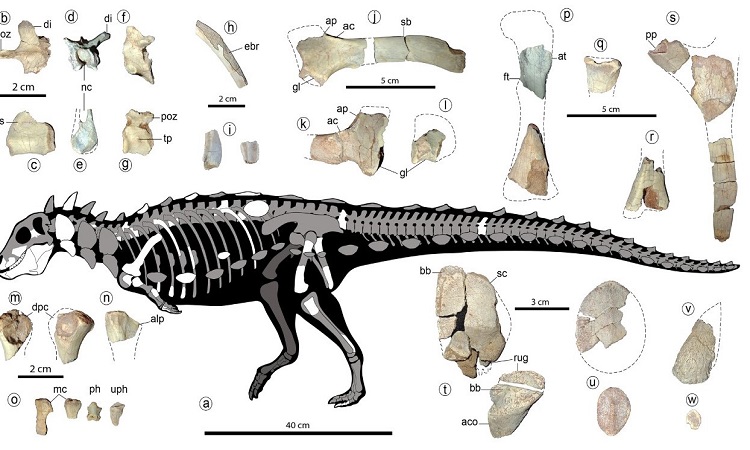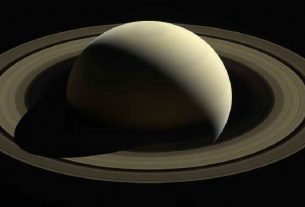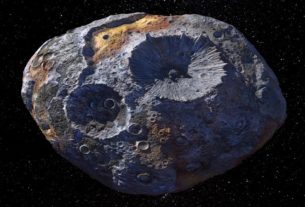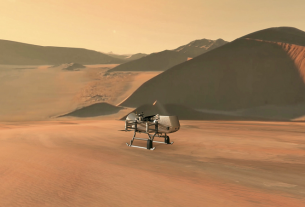A small spiny dinosaur recently discovered in South America could represent a whole line of armored dinosaurs previously unknown. The animal, which weighed no more than a domestic cat, would have evolved during the Cretaceous.
Thyreophora is a clade of ornithischian dinosaurs characterized by the development of bony armor on its back. Although most of these animals are grouped within Eurypoda (think ankylosis and stegosaurus), the basal thyreophores show unresolved phylogenetic locations.
It is believed that the early evolution of these dinosaurs occurred mainly in the northern continents. Most of the evidence for their existence comes from rocks from the Jurassic period (201 million years old to 163 million years old) found in North America and Europe. The diversification into stegosaurs and ankylosaurs is, however, obscured by a patchy fossil record comprising only a handful of fragmentary bones. And most have uncertain phylogenetic affinities.
A new species of dinosaur discovered in the province of Río Negro, in northern Patagonia, invites us to rethink this whole story.
A South American lineage of armored dinosaurs
The newly discovered species, named Jakapil kaniukura, resembles an early relative of armored dinosaurs like Ankylosaurus or Stegosaurus. Only, it evolved in the Cretaceous between 97 and 94 million years ago. Paleontologists therefore report in the journal Nature Reports that this means that an entire line of armored dinosaurs that had not been detected until now probably evolved in the southern hemisphere.
Paleontologists from the Félix de Azara Natural History Foundation in Argentina have only discovered a partial skeleton, but we can already draw some conclusions. J. kaniukura weighed about as much as a domestic cat and was about 1.5m long. It was characterized by a row of protective spines extending from its neck to the end of its tail. The animal moved on two legs and mainly consumed woody and hard plants with its beak. Its leaf-shaped teeth were comparable to those of the famous Stegosaurus.
Either way, J. kaniukura’s discovery “shows that early thyreophores had a much wider geographic distribution than previously thought,” the researchers note.
It is also surprising that this ancient lineage of thyreophores survived into the Late Cretaceous in South America. Further north, these older types of thyreophores would indeed have disappeared in the Middle Jurassic.




